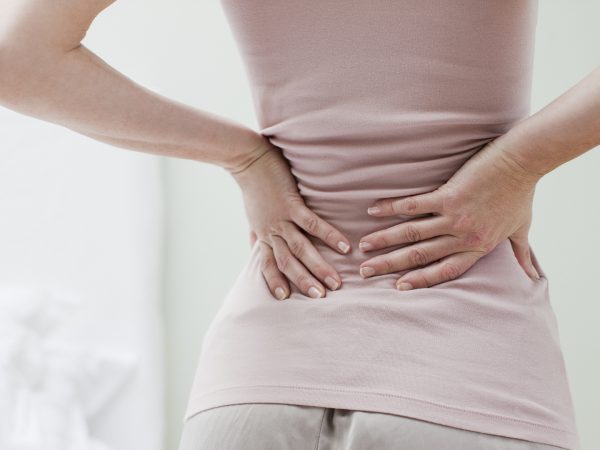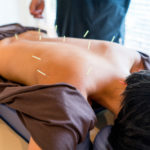Opioids For Low Back Pain?
My mother has low back pain. Her doctor prescribed an opioid medication. Is that appropriate?
Andrew Weil, M.D. | March 19, 2020

Definitely not. But it appears that opioids were widely prescribed for low back pain for seniors in the recent past. Research published in February 2020 revealed that one-third of older adults with “new and persistent” low back pain were prescribed opioids. Dan Pham Ly, M.D. of Harvard University, who conducted the study, reported “excessive use of low-value and potentially harmful treatments” for low back pain in older adults and underuse of evidence-based treatments.
These alarming findings came from reviewing Medicare claims data on more than 162,000 older adults who consulted their doctors for new low back pain from 2011 through 2014. Dr. Ly reported that about 70 percent were women, average age 77. The study showed that opioids were prescribed to about one-fourth of patients overall, including one-third of seniors who made two or more doctor visits for low back pain. Guidelines for medical treatment of low back pain suggest that other pain relievers, including non-steroidal anti-inflammatory drugs (NSAIDS) such as ibuprofen, should be recommended before opioids.
The study showed that 54 percent of the patients visited a doctor only once for low back pain, which Dr. Ly wrote is consistent with evidence that many new episodes of this problem are self-limiting and that most patients improve over time regardless of treatment.
Dr. Ly also reported that advanced imaging studies, such as computed tomography (CT) or magnetic resonance imaging (MRI), were used in about 15 percent of the patients and in 29 percent of those who made two or more doctor visits for low back pain. About half of these tests were performed within six weeks, contrary to the American Academy of Family Physicians’ position that most patients don’t need them for initial evaluation of low back pain.
Physical therapy was prescribed for only 11 percent of all patients and for only 17 percent of those who saw a doctor twice or more for low back pain. Evidence suggests that with early use of physical therapy, patients with low back pain can avoid opioids. He also called for studies to investigate barriers to the use of physical therapy and NSAIDS for treatment of the problem in older adults.
In my experience, most acute back pain will resolve on its own within two weeks without medical intervention. Cold and hot compresses may help reduce pain and inflammation and allow greater mobility. Bed rest is recommended for only one to two days at most, and patients are advised to resume normal activity as soon as possible. Massage therapy can help relieve acute muscle spasm and problems with flexibility. Exercise may be the best way to speed recovery and strengthen back and abdominal muscles. Physical therapy may be recommended for more severe cases.
Andrew Weil, M.D.
Source:
Dan P. Ly, “Evaluation and Treatment Patterns of New Low Back Pain Episodes for Elderly Adults in the United States, 2011–2014”, Medical Care, February 2020, doi: 10.1097/MLR. 0000000000001244











